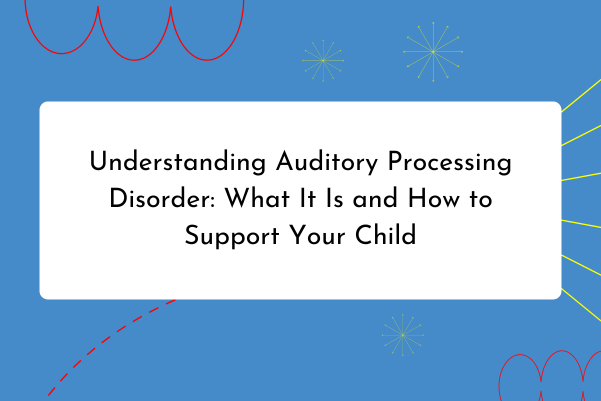Understanding Dyspraxia: What It Is and How to Support Your Child
Dyspraxia, also known as Developmental Coordination Disorder (DCD), is a condition that affects a child’s ability to plan and coordinate physical movements. This can impact daily activities, from tying shoelaces to playing sports. While dyspraxia can present challenges, understanding the condition and knowing how to support your child can make a significant difference in their development and self-esteem.
What is Dyspraxia?
Dyspraxia is a neurological disorder that affects motor skill development and coordination. It’s not due to a lack of intelligence but rather a disconnect in how the brain processes and sends signals to the body. Children with dyspraxia often struggle with tasks that require fine motor skills, like writing, or gross motor skills, like running. They might appear clumsy or awkward, and their movements may seem out of sync with their intentions.
Common Signs of Dyspraxia
Recognizing dyspraxia can be challenging because its symptoms overlap with other conditions. However, some common signs include:
- Difficulty with Motor Tasks: Trouble with tasks such as catching a ball, climbing, or using utensils.
- Clumsiness: Frequent bumps, spills, or accidents that seem out of proportion to the situation.
- Difficulty with Fine Motor Skills: Struggles with writing, buttoning shirts, or using scissors.
- Poor Spatial Awareness: Trouble judging distances, navigating around objects, or organizing space.
- Delayed Development: Slower development of motor skills compared to peers.
How Parents Can Support Their Child with Dyspraxia
- Encourage Practice and Patience
Children with dyspraxia need lots of practice to develop their motor skills. Encourage them to practice tasks in a supportive and non-judgmental environment. Patience is crucial, as improvement may be gradual. Celebrate small victories to build their confidence. - Break Tasks into Smaller Steps
Breaking tasks into smaller, manageable steps can help your child feel less overwhelmed. For example, when teaching them to tie their shoes, start with demonstrating each step individually before combining them. This approach can make learning new skills more approachable. - Use Visual and Verbal Cues
Visual aids, such as charts or step-by-step guides, can help children with dyspraxia understand and remember tasks. Verbal cues can also be beneficial. Consistent and clear instructions can help them follow through with tasks more effectively. - Provide Adaptations and Tools
Simple adaptations can make daily tasks easier. For example, using pencil grips can help with writing, and adaptive utensils can assist with eating. Explore tools and resources designed to support children with motor coordination challenges. - Incorporate Physical Activity
Engaging in regular physical activity can help improve coordination and motor skills. Activities like swimming, dancing, or playing ball games can be both fun and beneficial. Focus on activities that your child enjoys to encourage participation. - Seek Professional Support
Occupational therapists and physical therapists can provide specialized support for children with dyspraxia. They can offer targeted exercises, strategies, and therapies to address specific motor skills challenges. Early intervention can lead to better outcomes. - Create a Supportive Environment
A positive and understanding environment at home and school is essential. Communicate with teachers to ensure they are aware of your child’s needs and can make necessary accommodations. Encourage your child’s peers to be supportive and understanding. - Foster Self-Esteem and Confidence
Dyspraxia can impact a child’s self-esteem, especially if they compare themselves to peers. Focus on their strengths and interests to build their confidence. Offer praise and encouragement for their efforts, regardless of the outcome. - Develop Organizational Skills
Helping your child develop organizational skills can be beneficial. Use visual schedules, checklists, and reminders to help them manage their tasks and responsibilities. This can reduce frustration and improve their ability to stay on track.
Final Thoughts
Dyspraxia can present unique challenges, but with understanding, patience, and the right support, children can thrive and develop essential skills. By creating a supportive environment, breaking tasks into manageable steps, and seeking professional guidance, you can help your child navigate their daily life with greater ease and confidence. Remember, every child is unique, and finding what works best for your child may take time. Celebrate their progress and provide unwavering support as they grow and learn.






